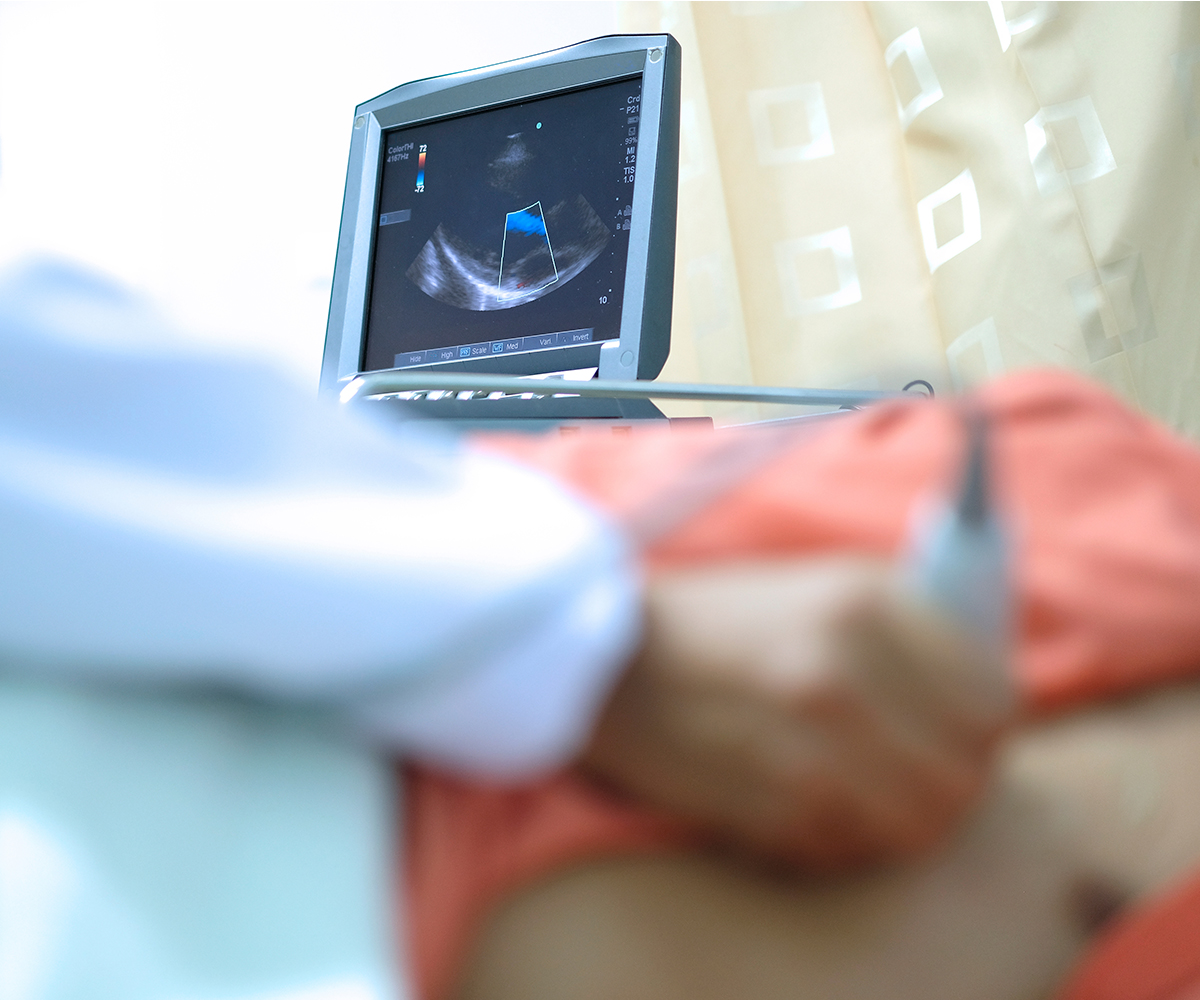Echocardiogram (Echo)
Have you ever wondered how we get an inside look at your heart? Enter the echocardiogram. This test provides a clear, detailed picture of your heart in action, making it easier to spot and address any issues.
What Is an Echocardiogram?
An Echo uses sound waves to create images of your heart. These visuals allow us to observe how the heart moves and pumps and to pinpoint any abnormalities.
When Are Echocardiograms Used?
Dr Mgidlana uses an echo to assess the size and shape of your heart and assess how well the heart valves and chambers are functioning. Echos can also help us detect signs of heart disease and other heart conditions. In addition, we recommend receiving an Echo to:
- Assess the overall function of the heart
- Determine the presence of many types of heart disease
- Track changes in heart conditions over time
- Assess symptoms like shortness of breath or chest pain
If we find any signs that raise concerns, we may recommend further tests or treatments.
What Are The Different Types Of Echocardiograms, And How Do They Work?
Trans-thoracic Echocardiogram (TTE)
A TTE is the most common type of echocardiogram. During the process, you will lie down on the patient bed and Dr Mgidlana will apply a special gel on your chest to help sound waves travel. The, he uses a device known as a transducer to send out sound waves and receive echoes that bounce back from the heart structures. The entire process is painless and usually takes less than an hour.
Trans-oesophageal Echocardiogram (TOE)
Are There Any Risks Involved?
Echocardiograms are entirely safe — no radiation is involved, and the ultrasound waves present no known hazards. With TOE, you might feel a slight throat discomfort, and if this is the case, communicate any discomfort to Dr Mgidlana.

